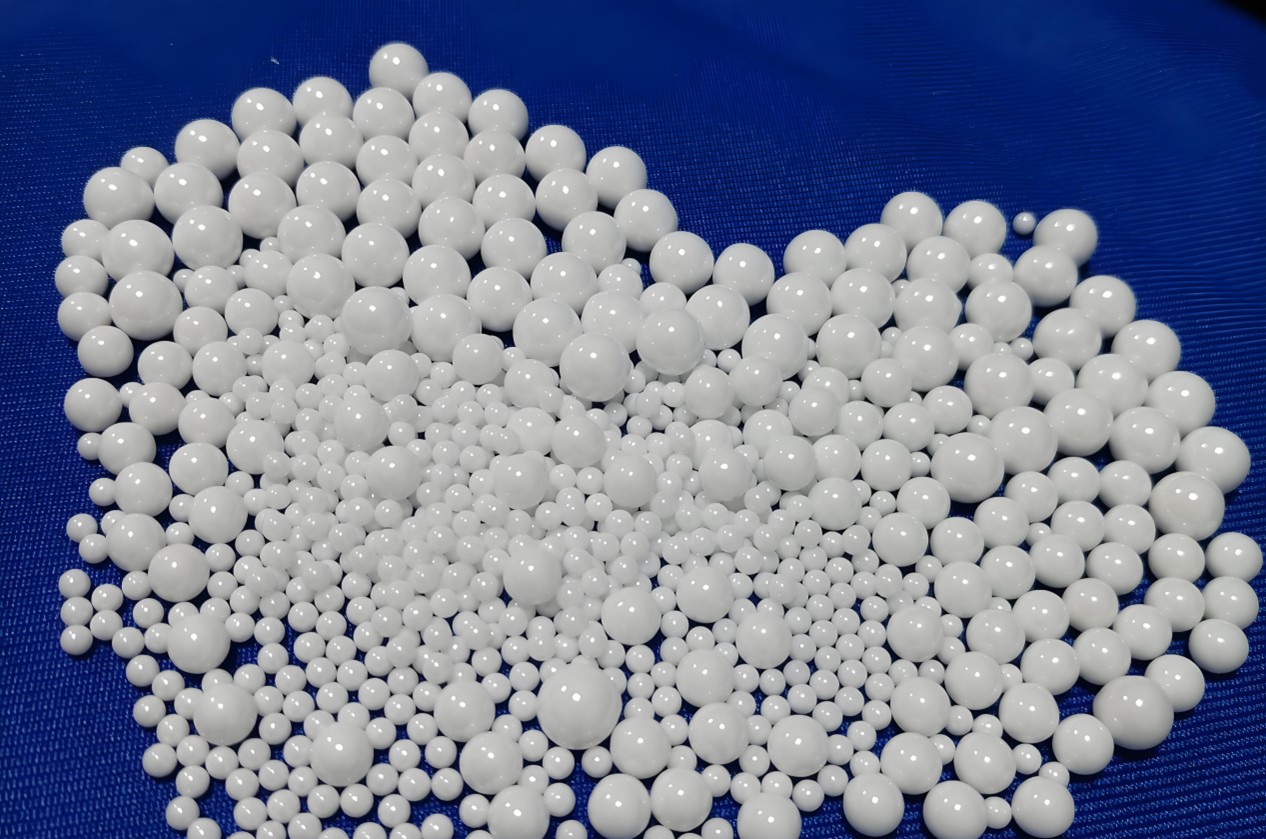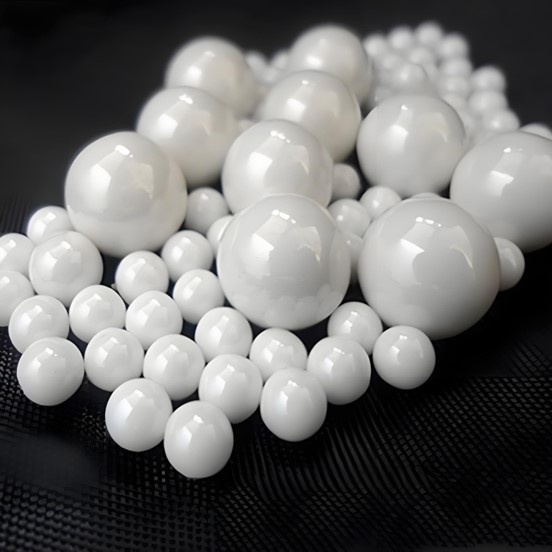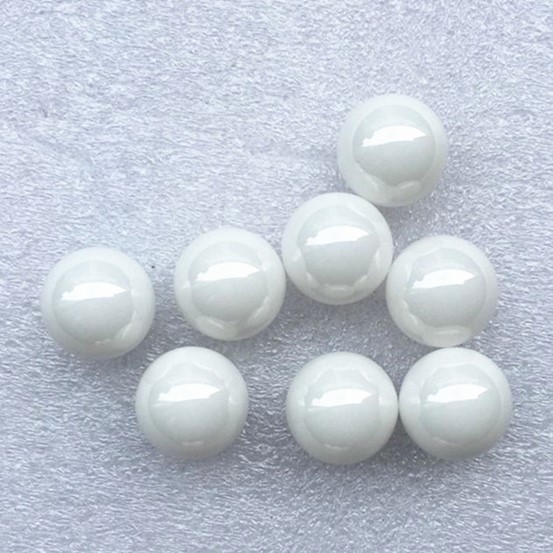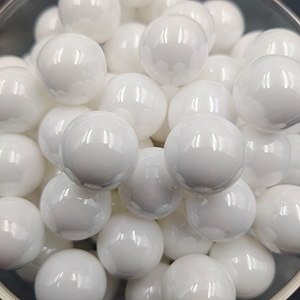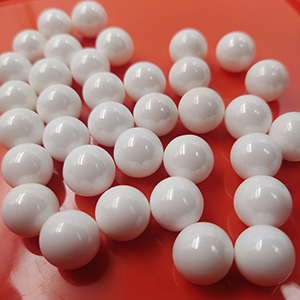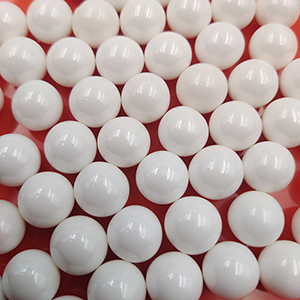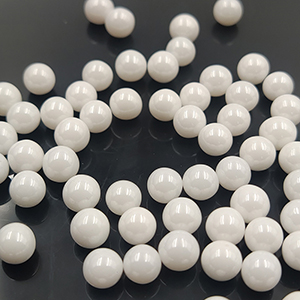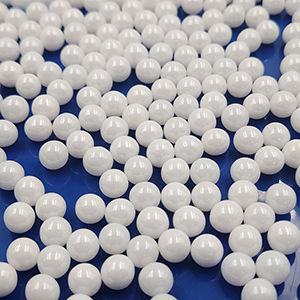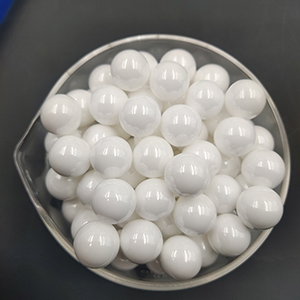Density and weight of zirconia beads
Density and weight of Zirconia Balls: In-depth Analysis of Key Parameters
In the field of materials science and industrial applications, zirconia balls have attracted much attention due to their outstanding performance. Their density and weight, as important physical parameters, directly affect their actual performance in multiple fields such as grinding and polishing.
I. The density of zirconia balls
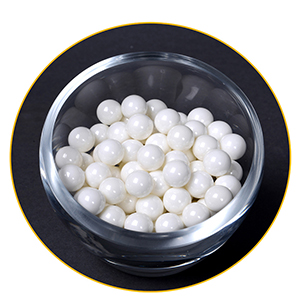
Zirconia (ZrO₂) exists in various crystal forms, including monocline, tetragonal and cubic forms. The densities of different crystal forms vary, and zirconia balls can be classified into different types based on the content of stabilizers such as yttrium oxide (Y₂O₃) in the zirconia balls, which also leads to different densities.
Yttrium-stabilized zirconia balls: They are widely used in industry. When the content of yttrium oxide varies, so does the density performance. The common 3Y zirconia balls (with yttrium oxide content of approximately 3mol%) have a density usually ranging from 6.0 to 6.1g/cm³, and they possess both excellent hardness and toughness. The 8Y zirconia balls (with a yttrium oxide content of approximately 8mol%) have a density of 5.9-6.0g/cm³, a higher cubic phase content, and outstanding chemical stability and high-temperature performance.
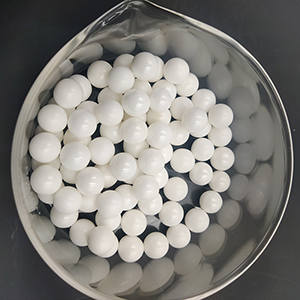
Cerium-stabilized zirconia balls: Due to the introduction of cerium, their density is generally between 5.8 and 6.0g/cm³, which give them unique advantages in some application scenarios with special requirements for chemical activity.
Composite stabilized zirconia balls: Performance is optimized through the synergistic effect of multiple stabilizers, with a density range typically between 5.8 and 6.1g/cm³. The specific value depends on the type and ratio of the stabilizer.
The density of zirconia balls is significantly influenced by the manufacturing process. The adoption of different forming processes such as isostatic pressing and injection molding, as well as under different sintering temperatures and time conditions, will lead to differences in the density and microstructure within zirconia balls, thereby affecting their density. For instance, zirconia balls that have undergone high-temperature and long-term sintering have a higher density and a density closer to the theoretical value.
Ii. The weight of zirconia balls
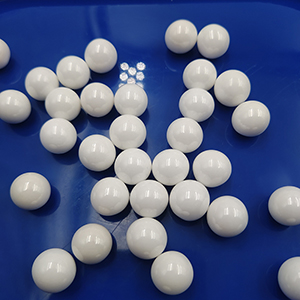
The weight of zirconia balls can be calculated based on the relationship between density and volume, with the formula being weight = density × volume. Take the most common spherical zirconia sphere as an example. The volume formula of the sphere is \(V = \frac{4}{3}\pi r³\) (where \(r\) is the radius of the sphere).
Suppose there is a 3Y zirconia ball with a radius of 5mm (i.e., 0.5cm), and its volume \(V = \frac{4}{3}×3.14×0.5³ ≈ 0.523cm³\). Given that the density of the 3Y zirconia ball is approximately 6.0g/cm³, According to the above formula, the weight of the zirconia ball can be calculated to be approximately \(6.0×0.523 = 3.138g\).
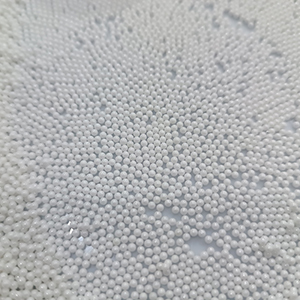
In actual industrial applications, the weight of zirconia balls of different specifications varies significantly. The small-sized zirconia balls commonly used in the grinding industry (such as those with a diameter of 1-3mm) weigh approximately 0.02-0.1g each. For larger zirconia balls used for polishing (such as those with a diameter of 10-20mm), the weight of each ball can reach 3-25g. In addition, when used in batches, the total weight of the required zirconia balls will be estimated based on the volume of the container and the filling rate to ensure the best process effect.
The above content provides a detailed introduction to the density and weight-related knowledge of zirconia balls. If you still want to know the influence of these parameters in specific application scenarios or have any other supplementary needs, please feel free to tell me at any time.

